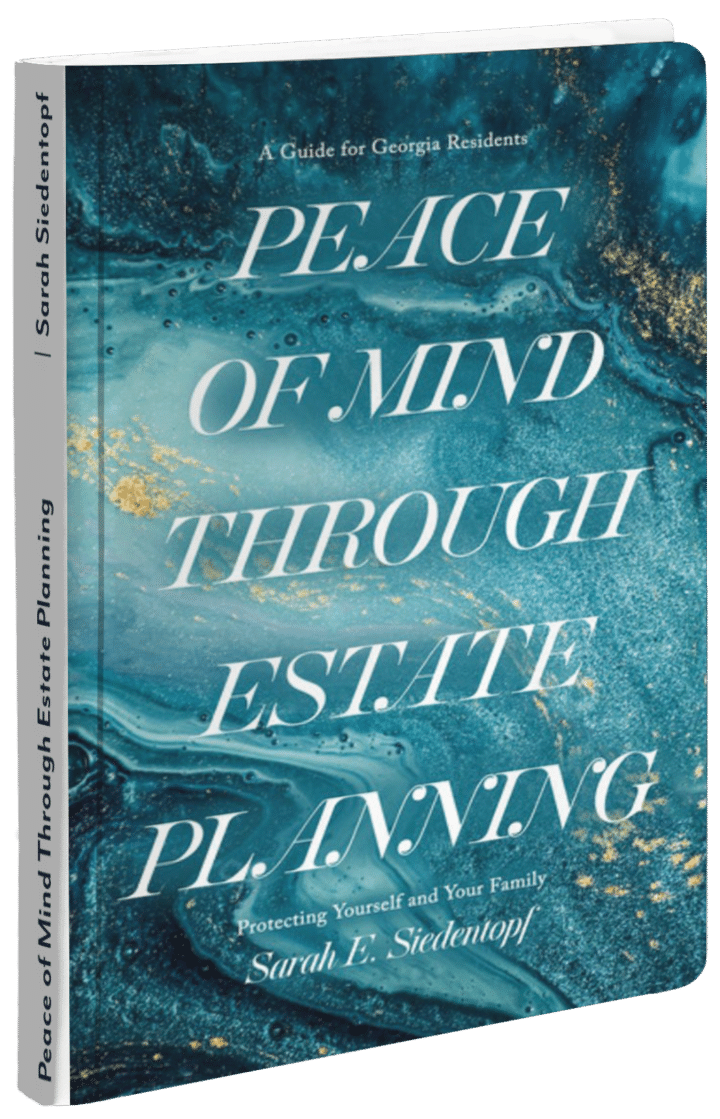You should be aware of a few things when it comes to estate planning for second marriages and blended families, second marriage inheritance, and inheritance of step-children.
While every family’s estate planning needs are unique to them, blended families have a particular set of issues to consider that are different from so-called “traditional” families.
Especially when a second marriage includes children from previous marriages, careful estate planning is critical. In these blended families, couples often want to provide for their current spouse as well as their children from a previous marriage — and perhaps even their spouse’s children.
Couples with minor children from previous marriages may be navigating guardianship issues along with questions of inheritance.
If you’re estate planning in a second marriage, you must carefully consider potential outcomes so the plan doesn’t leave your family open to unintended consequences down the road.
Second marriage inheritance issues
Here are a few common examples of blended family situations that require careful planning:
Eventual disinheritance of step-children
Bob and Margaret are married to each other and both have adult children from previous marriages. They draft standard wills, each leaving their full estate to the other. They talk about their intention that their estate will be split among all of their children after they are both gone. When Bob dies, Margaret gets the full estate but eventually becomes distant from Bob’s children. She rewrites her will and leaves the full amount of her estate, which includes everything she inherited from Bob, to her children only.
Step-parent drawing down the trust
Miriam and Heather are married to each other, and Miriam has adult children from a previous marriage. They create a trust with the intent that it will sustain them and then pass along to Miriam’s children. When Miriam dies, Heather remarries and begins to spend extravagantly, quickly reducing the amount in the trust. Miriam’s children begin litigation to try to remove Heather from the trust.
Choosing guardians for minor children
Ben and Hannah are married to each other and both have minor children from previous marriages. Hannah is estranged from her previous husband and wants to ensure that Ben will be her children’s guardian if anything happens to her, so she names him as her children’s legal guardian in her will.
See also: What Happens to Your Will if You Get Divorced?
Strategies for estate planning in a second marriage
Most tricky estate situations can be avoided through careful planning. In second marriages and blended families, that careful planning includes anticipating the worst-case scenario even if you have a warm and close-knit blended family.
Conflicts regularly arise between family members after the death of a loved one, and conflicts between step-parents and step-children are common — especially for marriages that occurred later in life when the children of previous marriages were already adults.
Set up trusts
In the example above, Bob and Margaret left each other everything in their wills. It’s a common practice among married couples. The problem in a second marriage is that after one spouse’s death, nothing keeps either Bob or Margaret from passing along their inheritance to their own children and leaving nothing to their spouse’s children.
One common way blended families address the problem is by setting up a trust. So in the example above, Bob could have created a trust that Margaret could use during her lifetime. Then when Margaret passed away, the trust would go to Bob’s children. This makes sure that Margaret is taken care of, while also ensuring that Bob’s children inherit anything left.
This type of estate planning with a living trust is a good start, though it isn’t necessarily a foolproof way to plan for the future. Take the example of Miriam and Heather. Miriam created a trust, but there was conflict between her children and Heather about Heather’s spending of the trust money during her lifetime.
To resolve that issue, Miriam should choose a neutral trustee (perhaps a bank) that would be equipped to referee between Heather and the children and help ensure the purpose of the trust is maintained. Miriam can include detailed instructions about how much money can be spent from the trust and for what purposes. This can include instructions about what standard of living the surviving spouse should be maintained at. Typically trusts provide that it be the same standard of living that occurred during the spouse’s lifetime to prevent the survivor from sudden extravagant spending. Miriam could choose to set up two trusts — one for Heather and one for her children. However, creating and maintaining multiple trusts can get complicated.
She could also have left her children an inheritance that wouldn’t be dependent on Heather’s spending. For instance, she could have named them as beneficiaries on her life insurance plan and/or her retirement account.
See also: How to Set Up a Living Trust
Leave retirement accounts and life insurance policies
Beneficiary designations can be useful in leaving portions of an estate to different people. For instance, if you want to leave your estate to your spouse, you could name your children as beneficiaries of your retirement accounts or life insurance policies.
If you have minor children, you will need to name a trustee to manage the funds on their behalf until they reach the age of majority. If you’re not setting up a living trust, you can create a testamentary trust and include it in your will.
See also: The Importance of Updating Your Beneficiary Designations
Naming a legal guardian in a second marriage
Choosing a legal guardian for minor children in a second marriage can be particularly challenging. You may feel that your new spouse would be the best legal guardian for your children or that you would be the best legal guardian for your spouse’s children.
Whatever your wishes, the law favors biological parents as legal guardians — unless that parent is unfit.
What does that mean for you?
Let’s take the example of Ben and Hannah above. Hannah can name Ben as her children’s legal guardian in her will. But if Hannah’s ex-husband is alive and fit to parent when Hannah dies, the court will give him full custody of their children together.
If Hannah’s ex-husband has died or is deemed unfit to parent, the court will name Ben as the legal guardian. The one caveat here is adoption — if Hannah’s ex-husband had previously consented to relinquishing his parental rights and allowing Ben to adopt the children, Ben would receive custody.
If you’re able to communicate with your ex-spouse, the best-case scenario is to agree together on a legal guardian and an alternate legal guardian for your child. This way, if you (or your ex-spouse, or both of you) die, your children won’t be subjected to a custody battle in court.
Lack of estate planning in blended families
If well-intentioned estate plans can have unintended consequences, you might be wondering what happens if you don’t do any estate planning at all.
It’s a good question.
If you were to die without a will, your estate would go through the probate process. Inheritance would follow your state’s laws of intestate succession. That’s a fancy phrase, but it basically means the priority of inheritance determined by the state.
Though each state creates its own probate laws, most follow a similar pattern — one that’s intended to follow how the average person might want their estate to be distributed. Of course, in blended families and with second marriages, that might not look how you would want it distributed.
Here’s the general order of priority in Georgia:
- Spouse
- Children
- Parents
- Siblings
- Nieces and nephews
- Aunts and uncles
- Cousins
How does that work in practice?
If you die with a spouse and no children, your spouse gets your whole estate. If you die with a spouse and a single child, your spouse and your child each get one half of your estate. If you die with a spouse and children, your spouse gets one-third of your estate, and your children split the other two-thirds.
Under the laws of intestate succession, your step-children would not be entitled to anything. And the same would be true in the reverse. If your spouse died, you would get one-third of the estate, your spouse’s children would get two-thirds of the estate. Your children would not be entitled to any portion of the estate.
Estate planning during a second marriage as a blended family can be challenging. It may bring up difficult conversations between you and your spouse, between you and your ex-spouse, or among you and your children or step-children. These discussions, though hard, are critical to ensuring that your wishes are carried out after your death and that you’re able to care for those you love.
We help blended families create estate plans that protect their assets, their futures, and their loved ones — without causing drama down the road. Schedule a confidential consultation to discuss your estate planning needs.








